A European in Hollywood
POSTED ON 14.10.2024
The trajectory of Fred Zinnemann (1907-1989) spanned the 20th century, including a forced exile in Hollywood, where he triumphed. A distinguished filmmaker, he was always interested in the truth of tormented individuals. Here are seven key dates in his career.
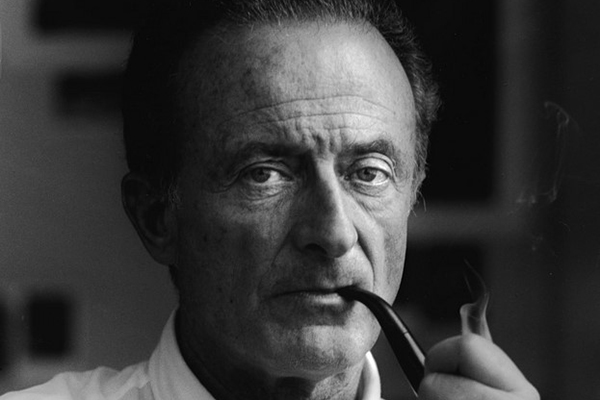
Fred Zinnemann © DR
THE APPRENTICESHIP YEARS
1929 : Fred Zinnemann left for the United States at age 22. After studying law in Vienna, he spent a year in Paris to learn camera techniques. He worked as an assistant to the (future) great cinematographer Eugen Schüfftan, notably on People on Sunday, the famous Berlin docufiction. He decided to cross the Atlantic and knocked on the door of Universal Studios, armed with a letter of recommendation. He was hired as an extra on the set of All Quiet on the Western Front but was summarily sacked due to a technical conflict with an assistant director.
1931 : Zinnemann had a life-changing meeting with documentary filmmaker Robert Flaherty (Nanook of theNorth). The two men worked for six months in Berlin on a documentary project about the tribes of Soviet Central Asia, which never materialised. He wanted the film to be a monument to a lost culture, whereas the Russians wanted it to be a propaganda tool to show how miserable these peoples had been until the revolution. “I listened to Flaherty a lot and he is without doubt the filmmaker who most influenced my work.”
1933 : “One of the happiest years of my life,” Zinnemann declared... Now aware that his Jewishness prevented him from returning to Germany or Austria, he shot his first film in Mexico (mistakenly co-written with a local director). In Redes, a stylised chronicle of a revolt by fishermen, the filmmaker demonstrated to what degree the cinema of Eisenstein had left its mark on him.
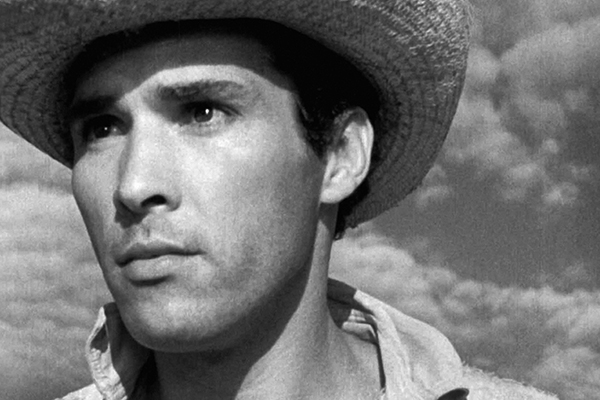
Redes (1936) © Azteca Films - Secretaria de Educacion Publica / DR
THE PLENITUDE YEARS
1949 : He received his first Oscar nomination for Best Director for The Search, his sixth feature. Fred Zinnemann had worked his way all the way up the MGM ladder, starting with short movies and then accepting, often grudgingly, commissioned works. After refusing several projects, he was suspended, but saved by a Swiss producer who offered him the chance to depict the plight of displaced children during WWII. Again, for the sake of realism, he hired children who had actually been in the camps... And Montgomery Clift.
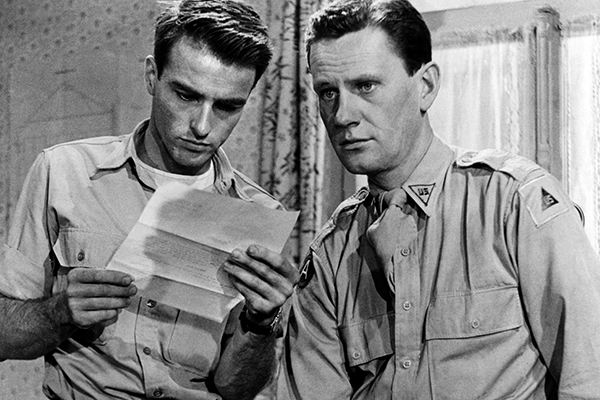
The Search (1948) © MGM / DR
1954 : Triumph! He took home the Academy Award for Best Director for From Here to Eternity, released in August 1953. With the success the year before of High Noon, Zinnemann had just placed two movies in the top 3 of the annual box-office rankings. He was hence considered an important filmmaker who made important works. Beneath its soap opera façade, with adultery thrown in to add to the intrigue, From Here to Eternity was a harsh critique of the unpreparedness of the American military for the surprise attack on Pearl Harbor, and the cruel sadism of some of its officers.
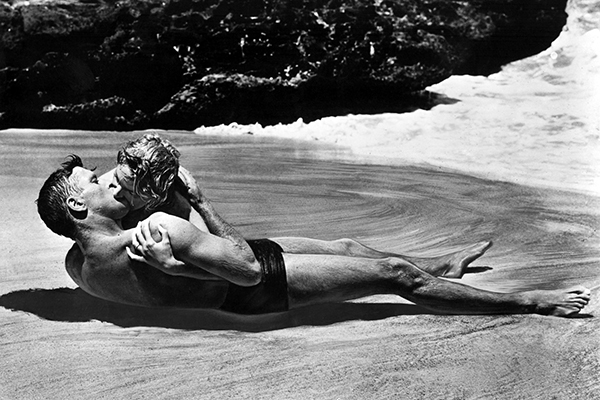
From Here to Eternity (1953) © DR
THE NOSTALGIC YEARS
1969 : Two years earlier, Zinnemann had picked up a second Oscar for A Man for All Seasons, an adaptation of a play by Robert Bolt about the conflict between Thomas More and Henry VIII. The filmmaker was living in London, shooting in Europe and was on the verge of fulfilling an old dream: adapting The Human Condition by Malraux. He had been working on the project for years, and had lined up Peter Finch, Max von Sydow, Eji Okada and Liv Ullmann, among others. Three days before shooting, MGM pulled the plug on the film. Not exactly something that would reconcile the filmmaker with Hollywood.
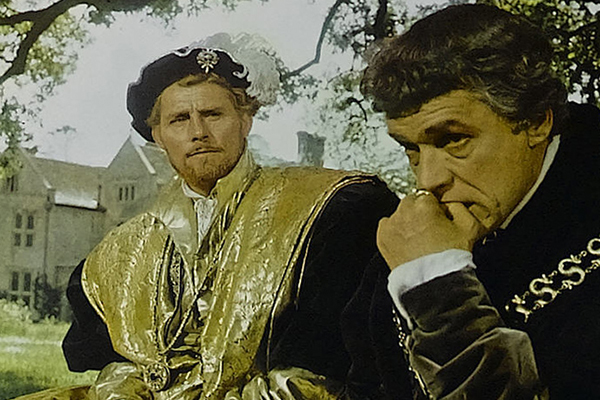
A Man for All Seasons (1966) © DR
1974 : He took a trip to his youth with Julia, a story about the friendship between two women in the troubled Central Europe of the 1930s, which the filmmaker had experienced and left behind. At the heart of the film existed the usual dilemma faced by Zinnemann's characters: is not joining the anti-Nazi struggle cowardly or wise? In 1980, Zinnemann continued to draw on his personal memories of the mountains to set the scene for his last film, Five Days One Summer, an unconventional, unsettling love triangle that reaffirmed his innate sense of fictional romance to depict life.
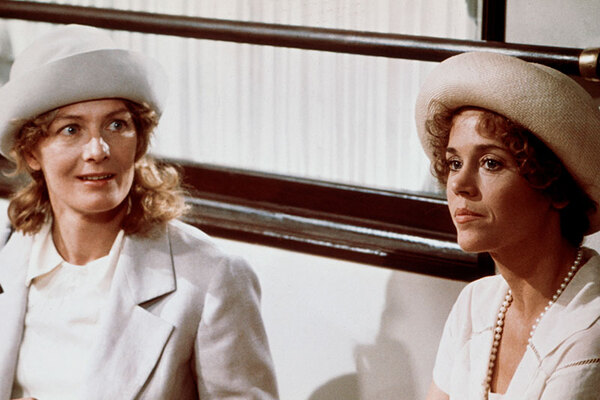
Julia (1977) © 20th Century Fox / DR
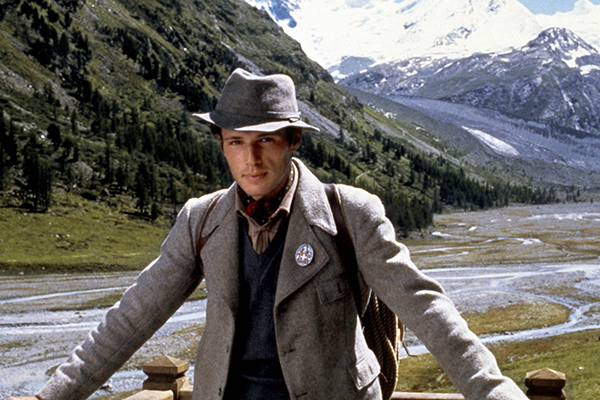
Five Days One Summer (1982) © Ladd Company / DR
Aurélien Ferenczi

